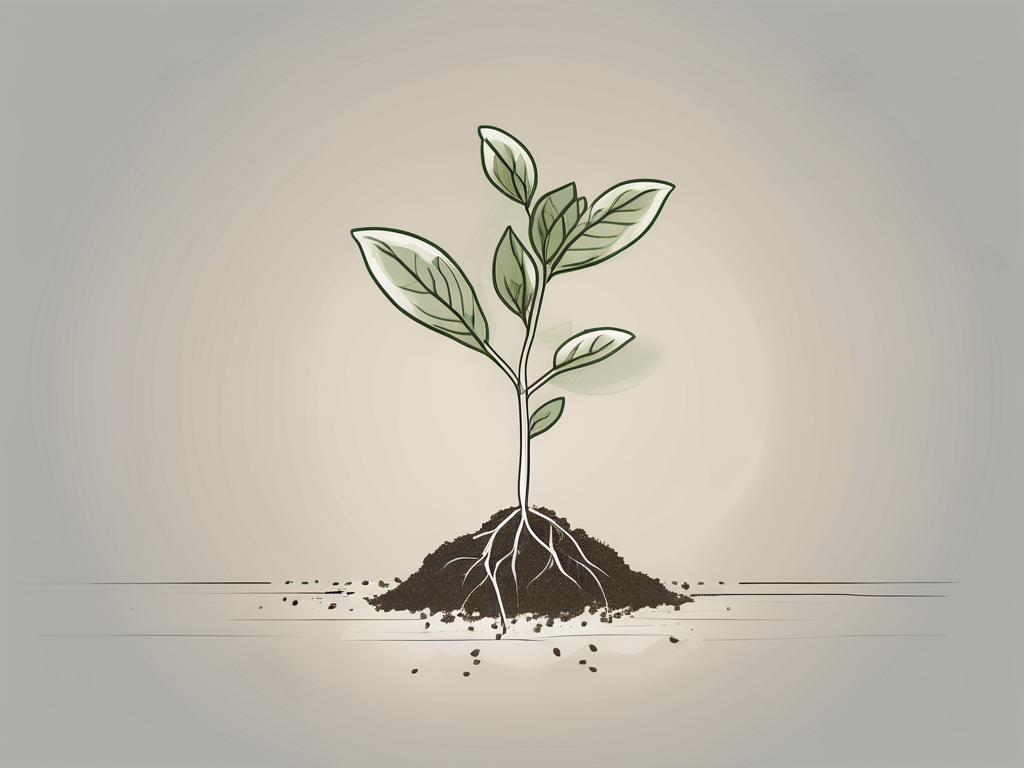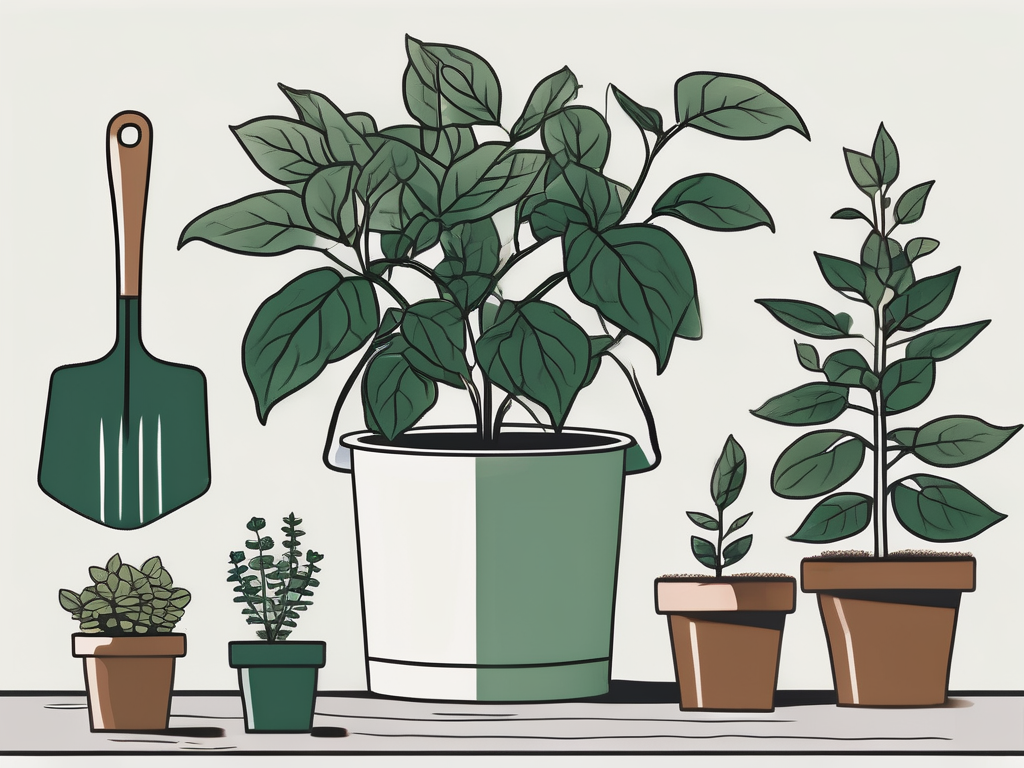
Ever wondered how to create new plants from your existing Euonymus? It's easier than you might think! Propagating Euonymus can be a fun and rewarding way to multiply your plants, whether you're looking to fill your garden or share with friends.
In this article, we'll walk through the steps to successfully propagate Euonymus plants. From choosing the right time and tools to planting and nurturing your new cuttings, you'll have all the information you need to start growing your Euonymus family. Let's get planting!
Choosing the Right Time to Propagate
Timing is everything when it comes to plant propagation. For Euonymus, the best time to take cuttings is during the growing season, typically from late spring to early summer. This is when the plant's energy is focused on new growth, giving your cuttings a better chance to root and thrive.
Why is this important? Well, during these months, the Euonymus is actively growing, making it much easier for the cuttings to develop roots. Plus, warmer temperatures and longer daylight hours help the process along. Keep an eye on your plant's growth patterns. If it looks like your Euonymus is in the middle of a growth spurt, that's a good sign it's ready for propagation.
On the flip side, avoid taking cuttings during the dormant months of late fall and winter. The plant is conserving energy during this time, which means your cuttings might struggle to take root.
So, mark your calendar! Late spring to early summer is your window of opportunity to propagate Euonymus successfully. Make sure to have your tools ready so you can act when the time is just right.
Gathering Your Tools and Materials
Before diving into the propagation process, you'll want to gather all the necessary tools and materials. Having everything on hand will make the job easier and more efficient, and it ensures your cuttings have the best possible start.
Here's a quick checklist of what you'll need:
- Sharp, clean pruning shears: These are essential for making clean cuts, which help prevent disease and encourage rooting.
- Rooting hormone: While not strictly necessary, rooting hormone can enhance the chances of your cuttings developing roots.
- Small pots or containers: These will hold your cuttings as they root. Make sure they have drainage holes.
- Well-draining potting mix: A mix designed for cuttings or a combination of sand and perlite works well.
- Plastic bags or a propagation dome: These help to maintain humidity around your cuttings.
- Watering can or spray bottle: You'll need this to keep the soil moist.
Once you have everything gathered, you're ready to get started. Having the right tools and materials not only makes the process smoother but also increases the likelihood of successful propagation.
Selecting the Perfect Stem Cutting
Now that you're ready to start, it's time to choose the right stems for cuttings. Not all stems are created equal, so picking the right ones can make a big difference in your propagation success.
Look for healthy, non-flowering stems that are about 4-6 inches long. Flowering stems might look pretty, but they can sap energy away from root development. Aim for stems that have a nice, healthy green color and no signs of disease or damage. Avoid stems that are too woody or too soft; you want something that's just right in the middle.
Here's a little tip: Make your cut just below a leaf node. This is where the leaves attach to the stem, and it's often where new roots will start to form. Use your pruning shears to make a clean cut, which helps the cutting heal and root more effectively.
Once you've gathered your cuttings, remove any leaves from the bottom half. This area will be planted into the soil, and leaves can rot if left buried, which is something we want to avoid.
Preparing the Cuttings
With your cuttings selected, it's time to prep them for planting. This step is crucial as it sets the stage for rooting and growth.
Start by dipping the cut end of each stem in rooting hormone. While this is optional, it gives your cuttings a little boost by encouraging root growth. If you're using powder form, simply moisten the cut end with water and then dip it into the powder. Tap off any excess to ensure it's not clumped on.
Next, prepare your potting mix. Fill your pots or containers with a well-draining mix. You want something that retains moisture but doesn't stay soggy. A mix of sand and perlite works great for this purpose. Lightly water the mix to ensure it's evenly moist before planting the cuttings.
Now, you're ready to plant. Using your finger or a small stick, create a hole in the potting mix. Insert the cutting, ensuring that the leafless part of the stem is buried in the mix. Firm the soil around the cutting to hold it in place.
Caring for Your Cuttings
Congratulations! Your cuttings are now planted. But the work doesn't stop here. Caring for your cuttings properly will give them the best chance to root and grow into healthy plants.
First, cover your cuttings with a plastic bag or a propagation dome. This creates a mini-greenhouse effect, maintaining humidity around the cuttings, which is essential for rooting. Make sure the plastic doesn't touch the leaves to avoid transferring any moisture that could lead to rot.
Place your cuttings in a warm spot with indirect light. Direct sunlight can be too harsh and dry out the cuttings, while too little light can slow down growth. A windowsill that gets bright, filtered light is ideal.
Keep the soil consistently moist but not waterlogged. Use a spray bottle to mist the soil lightly if it starts to dry out. Overwatering can lead to rot, so always check the moisture level before adding more water.
Watching for Root Development
Patience is key when it comes to propagation. It can take several weeks for your Euonymus cuttings to develop roots, so don't get discouraged if you don't see immediate results.
After about 4-6 weeks, you can start checking for root development. Gently tug on the cuttings. If you feel resistance, that's a good sign that roots are forming. Another telltale sign is new leaf growth, which often indicates that roots are established.
If after several weeks you don't see any progress, it's worth revisiting your care routine. Check the light levels, ensure the soil is moist but not soggy, and make sure the humidity is high enough. Sometimes, small adjustments can make a big difference.
Transplanting Your New Plants
Once your cuttings have developed healthy roots, it's time to transplant them into larger pots or directly into the garden. This step is exciting because it's when your cuttings really start to become established plants.
Choose a pot that is slightly larger than the root ball of your cutting. Fill it with a quality potting mix, and make a hole big enough to accommodate the roots. Carefully remove the cutting from its original container, being gentle to avoid damaging the new roots.
Place the cutting into the new pot, fill in with soil, and firm it down gently. Water the plant to help settle the soil and remove any air pockets. If you're planting directly into the garden, follow the same steps, ensuring your soil is well-drained and the spot is suitable for Euonymus growth.
Long-Term Care for Your Euonymus
Now that you've successfully propagated and transplanted your Euonymus, it's important to continue caring for them to ensure they thrive in the long run.
Keep an eye on watering needs, especially during the first few months. Young plants can be more sensitive to drying out, so make sure the soil stays consistently moist. However, avoid overwatering, which can lead to root rot.
Feed your plants with a balanced fertilizer every few weeks to support growth. Pay attention to any signs of pests or diseases, treating them as soon as you notice them to prevent further damage.
With proper care, your new Euonymus plants will grow into beautiful additions to your home or garden, showcasing your successful propagation skills!
Final Thoughts
We've covered everything you need to know about propagating Euonymus, from choosing the right time to nurturing your new plants. With these steps, you're well on your way to expanding your Euonymus collection.
At Cafe Planta, we love sharing our passion for plants. Whether you're looking for advice or new plant friends, we're here to help. Feel free to email us or DM us on Instagram. We believe that plants bring people together and inspire us to connect with nature. Happy planting!












